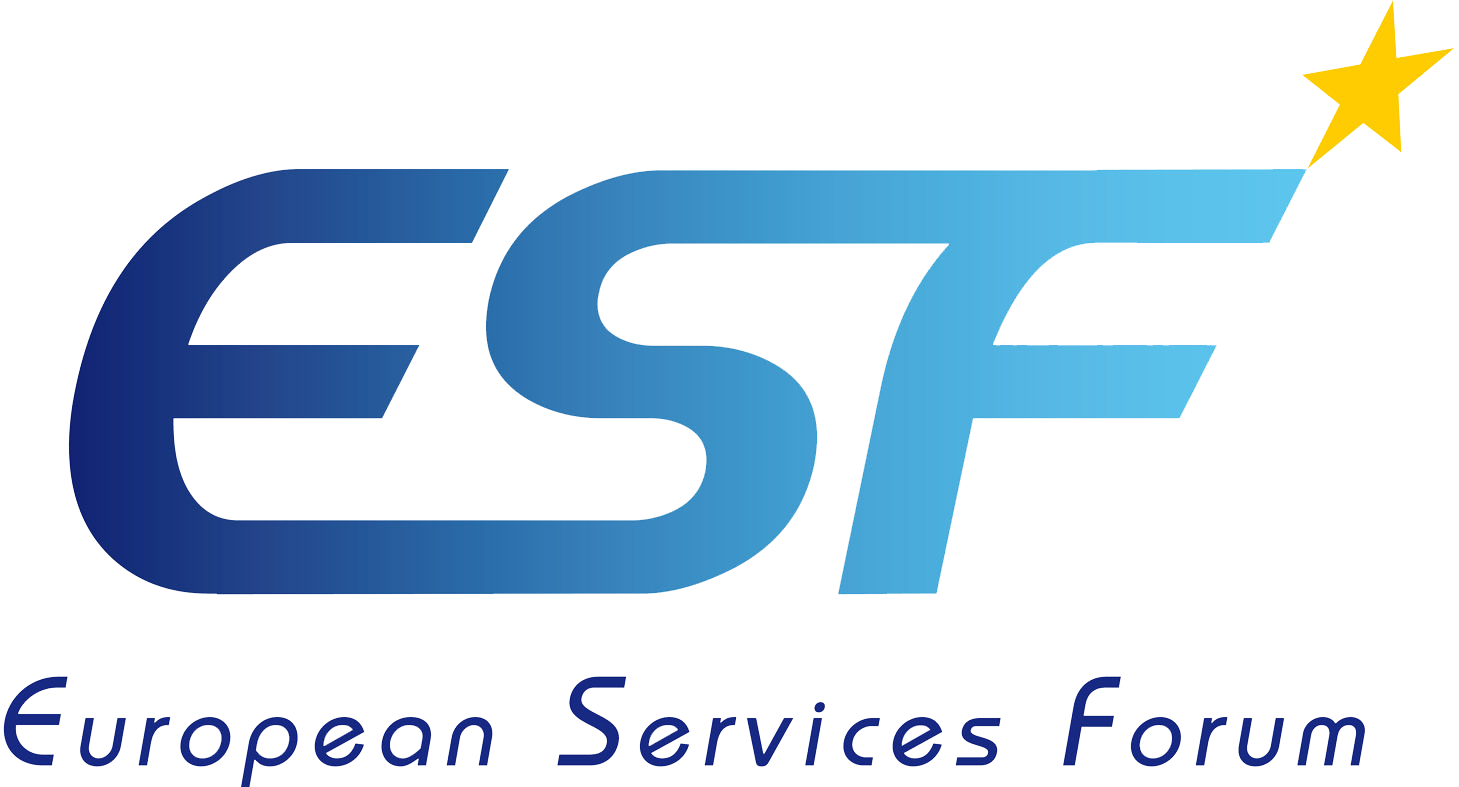Fact & Figures: The importance of Trade in Services in Trade between EU & Vietnam

European Union-Vietnam Free Trade Agreement (EVFTA)
In July of 2018 the European Union and Vietnam agreed upon the final texts for the European Union-Vietnam Free Trade Agreement (EVFTA) and the EU-Vietnam Investment Protection Agreement. EVFTA is meant to eliminate 99% of all tariffs, reduce regulatory barriers, and open up services and public procurement markets.
The European Union and Vietnam signed a Trade Agreement and an Investment Protection Agreement on 30 June 2019. The European Parliament subsequently gave its consent to both Agreements on 12 February 2020 and the Free Trade Agreement was concluded by Council on 30 March 2020.
The Trade Agreement entered into force on 1 August 2020.
The Investment Protection Agreement will enter into force when it is ratified by all EU Member States. As of February 2022, 12 EU Member States had ratified it.
The European Union and Vietnam have concluded negotiations of a free trade agreement and published the text of it on 1 February 2016. Negotiations covered tariffs as well as non-tariff barriers to trade and other trade related aspects such as public procurement, regulatory issues, competition, services, intellectual property rights, and sustainable development, etc. The legal review of the text is ongoing. Once finalized, the agreement will need to be approved by the Council and the Parliament.
The agreement will contain a legally binding link to the Partnership and Cooperation Agreement (PCA) that governs the overall relationship between the EU and Vietnam.
The Commissioner for Trade Cecilia Malmström has said, “The Commission has now delivered two valuable and progressive agreements with Vietnam that I am convinced the European Parliament and EU Member States can support. Vietnam has massive potential for EU exporters and investors to do business, both now and in the future. It is one of the fastest-growing economies in Southeast Asia, with a vibrant market of more than 95 million consumers, an emerging middle class and a young, dynamic workforce. Through our agreements, we also help spread European high standards and create possibilities for in-depth discussions on human rights and the protection of citizens. I hope the Council and the European Parliament will approve the agreements swiftly to allow businesses, workers, farmers and consumers to reap the benefits as soon as possible“.

Background
Vietnam is the 44th largest economy in the world with a GDP of $223.78 billion in 2017. In 2017 the population was estimated to be 95.5 million. The World Bank Report on “Doing Business” is ranking Vietnam on the ease of doing business at number 69, showing that the country does not have one of the freest market economies in the world. According to the World Bank, Vietnam’s GDP is estimated to have increased by 7.1% in the first half of 2018. The manufacturing sector grew by 13% due to strong external demand. Likewise, the agriculture sector and the service sector grew by 3.9% and 6.9% respectively. Exports from Vietnam have grown exponentially propelled by the sustained global recovery and continued domestic reforms.
The European Union is one of the largest foreign investors in Vietnam. Vietnam is the EU’s second largest trading partner in the Association of Southeast Asian Nations (ASEAN). While EU investment stock in Vietnam remains modest an increasing number of European companies are establishing themselves there to set up a hub to serve the Mekong region. In 2017, EU investors committed €1.6 billion in foreign direct investment, reaching a total investment stock of €19.2 billion. The largest sector of investment by the EU is Industrial Processing and Manufacturing (€6.66 billion).
For more information:
